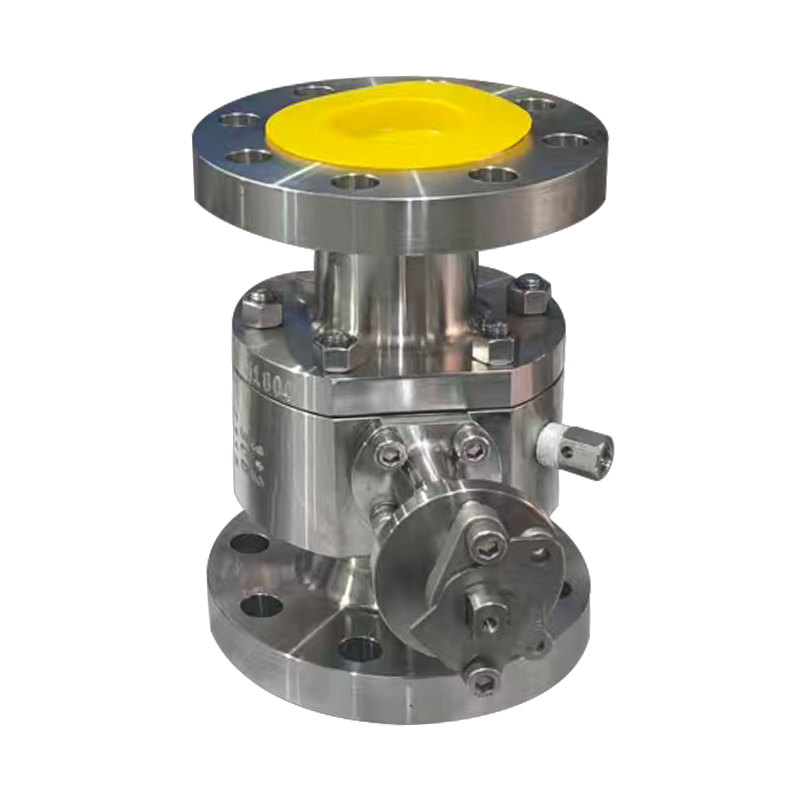

Floating ball valves are widely used in various industries due to their simple design and effective sealing capabilities. Understanding how these valves achieve leak-tight sealing helps explain their popularity and suitability for many fluid control applications.
A floating ball valve consists of a spherical ball that sits between two seats inside the valve body. Unlike trunnion-mounted ball valves, the ball in a floating ball valve is not fixed in place; instead, it “floats” slightly within the valve cavity. This floating feature is key to how the valve achieves leak-tight sealing. When the valve is closed, fluid pressure pushes the ball against the downstream seat, creating a tight seal that prevents fluid from passing through.
The ability of the ball to move or float allows it to adjust its position in response to the pressure of the fluid. As pressure increases on the upstream side, the ball is pushed toward the downstream seat, enhancing the sealing force. This self-energizing effect means that the higher the pressure, the tighter the ball presses against the seat, reducing the chance of leakage. This mechanism makes floating ball valves particularly effective in low to medium pressure systems.
The sealing surface materials used in floating ball valves also play a crucial role in ensuring leak-tight sealing. Typically, the valve seats are made from resilient materials such as PTFE (polytetrafluoroethylene) or other engineered plastics, which provide a tight seal against the ball’s surface. The ball itself is usually polished and coated with corrosion-resistant materials to maintain smooth contact with the seats and prevent wear over time. This combination of materials helps maintain a durable seal even after repeated operation.
Another important factor in the leak-tight performance of floating ball valves is the precision in manufacturing. The ball and seat surfaces must be machined accurately to ensure they fit closely without gaps. Any imperfections could lead to leaks or reduced sealing efficiency. Therefore, manufacturers pay close attention to tolerances and surface finishes to achieve the necessary sealing integrity.
The design of the valve body also supports sealing by providing balanced pressure distribution around the ball and seats. This balance helps the ball maintain consistent contact with the seats regardless of the flow direction. Additionally, many floating ball valves incorporate features such as anti-static devices and pressure relief mechanisms, which help maintain operational safety and prevent damage to the sealing surfaces.
Maintenance and proper installation contribute to the ongoing leak-tight performance of floating ball valves. Ensuring that the valve is correctly aligned and that the seats remain free from debris or damage helps sustain a reliable seal. Over time, the seats may wear and require replacement to maintain the valve’s sealing capability.
Floating ball valves ensure leak-tight sealing through their unique design where the ball floats and self-adjusts to pressure changes, pressing firmly against the valve seats. The use of resilient sealing materials, precision manufacturing, and supportive valve body design all contribute to effective sealing. These valves are suitable for many applications where reliable shutoff and simple construction are desired. Understanding how floating ball valves achieve their sealing performance allows users to select and maintain these valves with confidence.

